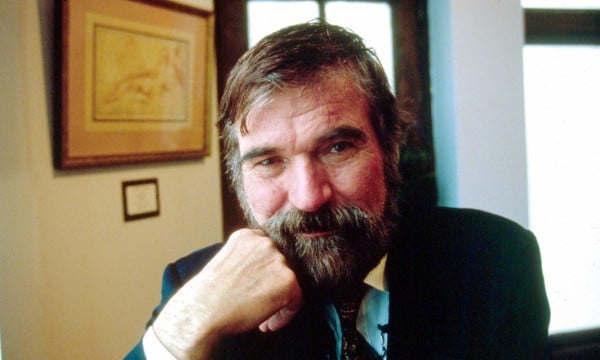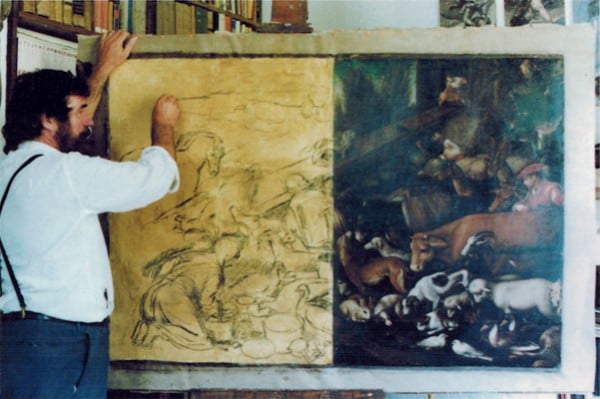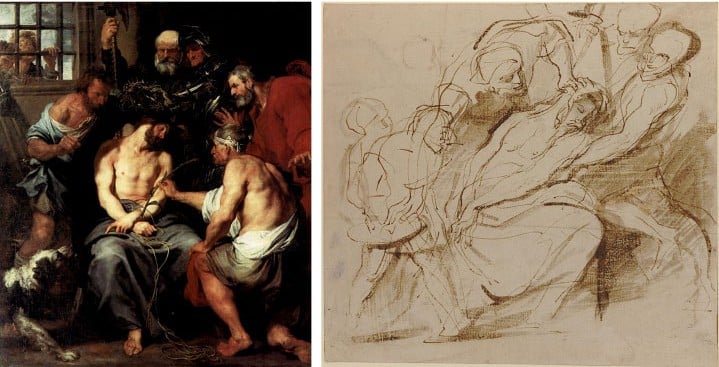Law & Politics
Deceased Art Forger Eric Hebborn Blasts Critics in Unpublished Manuscript


Sarah Cascone

After confounding the experts with his fake Old Master drawings and paintings, the late English art forger Eric Hebborn is taking another stab at so-called connoisseurs through an unpublished drawing manual.
The Guardian was shown the manuscript, titled The Language of Line, by Hebborn’s former art dealer, Brian Balfour-Oatts. He recently acquired it from a friend of the artist after failing to secure the winning bid on a handwritten copy at Webbs of Wilton in Wiltshire this past October. The auction saw 234 works by Hebborn fetch over £50,000 (about $79,000), quintupling the pre-sale estimate.
Hebborn revealed the tricks of his trade in his book The Art Forger’s Handbook, published just before he died under mysterious circumstances in 1996—he was found dead from a wound to the head on the streets of Rome. The Language of Line, which he was working on at the time of his death, was Hebborn’s effort to revitalize drawing as an art form, a task he calls an urgent rescue operation.
(For an overview of major art world forgery scams, check out Anthony Amore’s new book, The Art of The Con.)

Eric Hebborn at work
Photo via: Cat Diamante Blogspot
The unpublished book takes art experts to task, arguing that you have to know how to draw to be a competent judge of draftsmanship.
“I know this is not a very palatable idea to those authorities who seem to know everything there is to know about drawing—except how to do it,” Hebborn wrote. “To imagine that one can learn about drawings simply by looking at them is presumptuous, not unlike imagining that one can learn how aeroplanes work simply by flying in them.”
After failing to attract an audience for his own work, Hebborn, who was also an accomplished art restorer, turned to forgery, creating new Old Masters of his own, such as an “Anthony Van Dyck” preparatory drawing for Christ Crowned with Thorns that was purchased by the British Museum in 1970. His scheme was revealed in 1980, but Balfour-Oatts suspects Hebborn kept churning out fakes even after he was discovered.

Anthony van Dyck, Christ Crowned with Thorns, and a forged preparatory drawing of the painting by Eric Hebborn.
Photo: the British Museum, courtesy Brian Balfour-Oatts, London.
Hebborn was also not a fan of the way critics talk about art, noting in The Language of Line that “on the whole, critics, connoisseurs and art historians, when obliged to go beyond statements of fact—such as authorship, subject matter, measurement and medium—and speak of the quality of the drawing, tend to do so in the vaguest of terms.”
He would probably agree with artnet News’s Ben Davis’s list of art-writing clichés that need to be abandoned. Hebborn slammed critics’ reliance on simple words like “beautiful” or “ugly,” as a means of praising or panning a work. “Terms of this kind are open to far too wide an interpretation,” he insisted.
Related Stories:
Master Forger Wolfgang Beltracchi Gets a Gallery Show
What You Need to Know about Master Forger Wolfgang Beltracchi’s Latest Antics
Dutch Police Arrest Man Peddling Forged Vincent van Gogh Painting for $17 Million